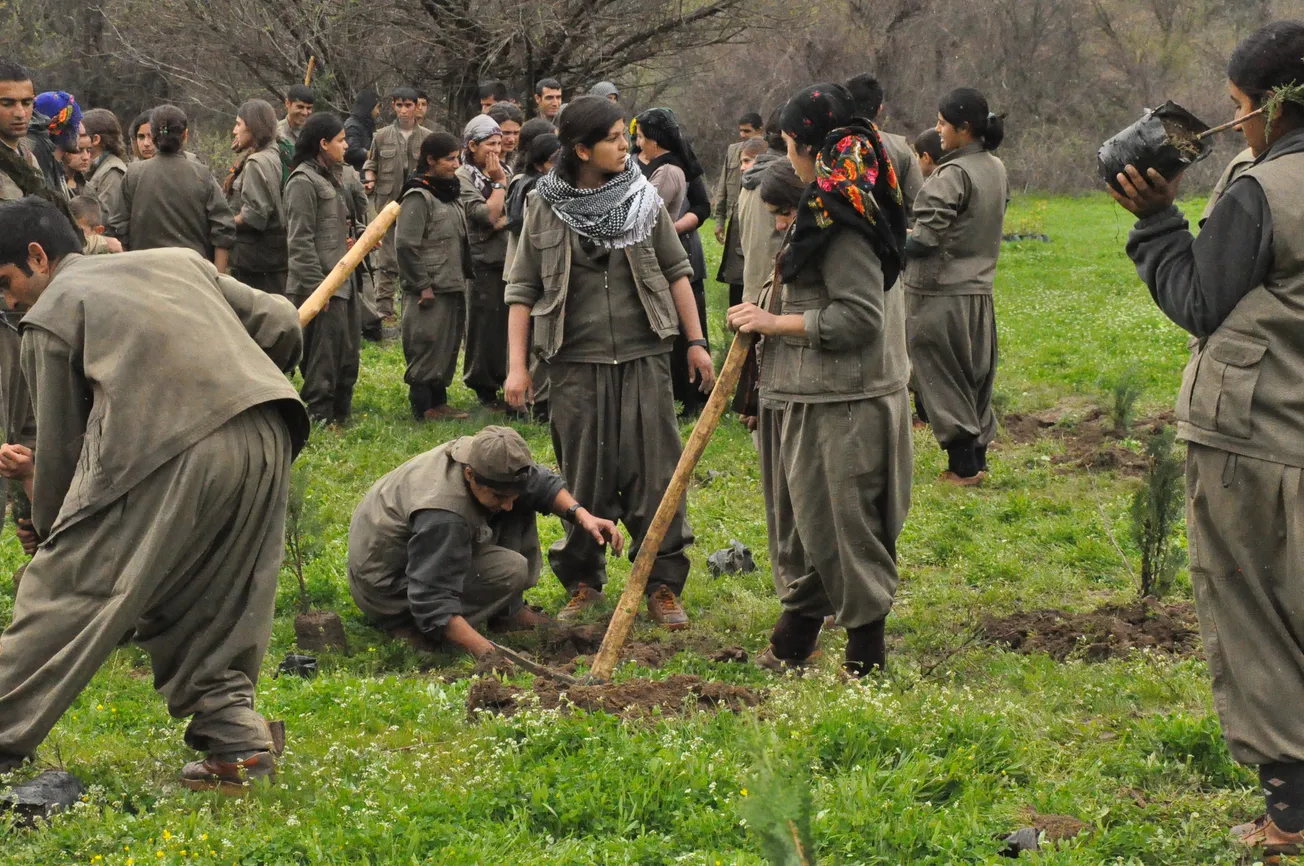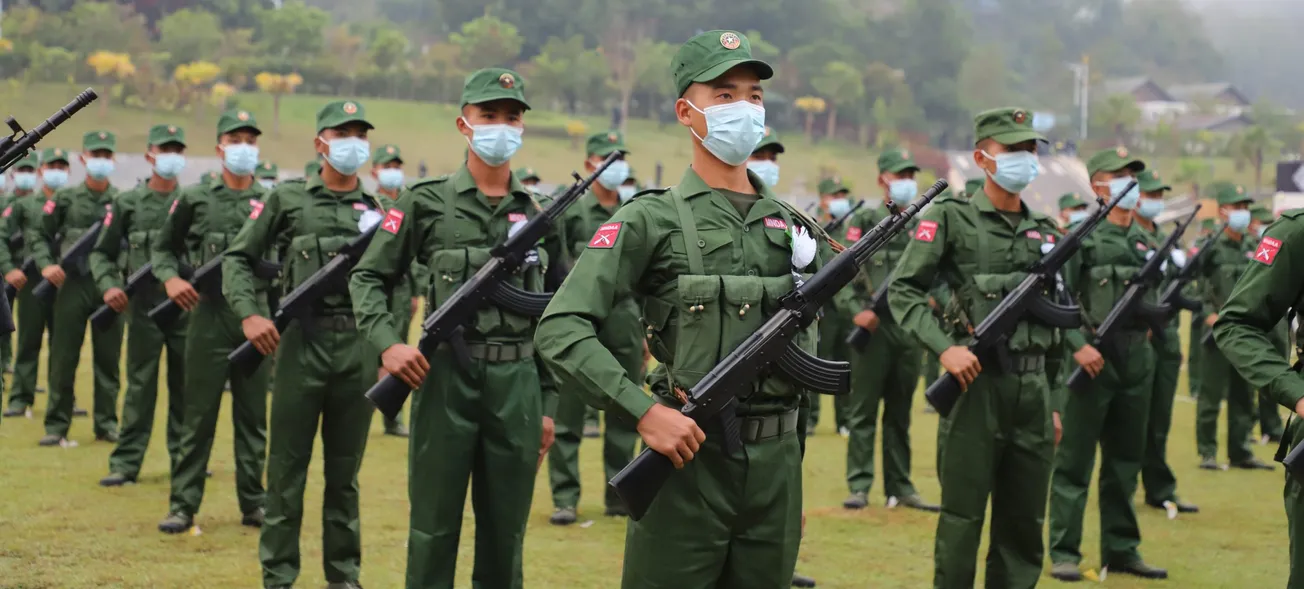Over the past ten days, a rebel coalition led by Hayyat Tahrir al-Sham (HTS) blazed a blitzkrieg across Syria and has now overthrown Syrian President Bashar al-Assad. Russia announced on Sunday that Assad and his family have been granted asylum in Russia on humanitarian grounds.
To be clear, Assad’s removal is a victory for the Syrian people. Assad was a vicious dictator who conducted chemical weapons attacks against his own people and relentlessly stifled opposition.
This has also been good news for Israel and Western powers, as the Assad-supporting Russian and Iranian forces have been forced to flee the country, leaving them with less influence in the region. These foreign powers no longer have a presence in the country, but US forces will remain in eastern Syria to fight against the Islamic State.
While Assad’s removal is good news for the Syrian people and the West, the new jihadist-led transitional government is far from an optimal replacement for Assad.
HTS started as an al-Qaeda affiliate, which became Jabat al-Nusrah (aka al-Nusrah Front). It finally morphed into its current iteration of Hayyat Tahrir al-Sham when it merged with anti-government rebel groups. HTS has tried to distance itself from its violent al-Qaeda days to portray itself as a more moderate ruling alternative to Assad. Still, the group has been part of regular clashes with other anti-government factions and routinely conducted its own human rights abuses against civilians.
Abu Muhammad al-Jawlani, the leader of HTS, has become the organization’s central figurehead and molded his profile into a revolutionary—which he will undoubtedly bring to a new government in Damascus. The group primarily operates in Idlib in northwest Syria, serving as a quasi-governmental organization overseeing infrastructure, schools, and other public goods. While they have shown some regional success in governing, it is unknown if they can unite the diverse factions found in the country.
With the violent jihadist history of HTS, the direction of the new government transition will remain unclear in the near term. Will HTS try to legitimize itself as a moderate political party as it tries to assert control over Syria? Will Turkey refrain from intervening against Kurdish forces along Syria’s northern border? Will Iran and Russia try to reinsert themselves back into Syria? Will the US be able to maintain its forces in the east, or will the instability lead to a resurgence of the Islamic State?
While the uncertainty of the transition government is a significant concern for the 23 million people of Syria, little can be done by the West to shape its outcome. However, Western powers should and can encourage the continued diminishment of Russian and Iranian influence in the region.
The Syrian civil war, the Russian invasion of Ukraine, the Israeli wars in Gaza and Lebanon, and the ongoing Houthi attacks being carried out in the Red Sea and the Gulf of Aden are intertwined. Assad was able to hold off anti-government rebels for over ten years, but as Iran was drawn further into its proxy wars in the region and Russia was forced to focus its efforts on Ukraine, their propping up of the Assad regime became unsustainable. It is essential for those autocratic regimes and proxies that have come to rely on Russian and Iranian assistance to understand their limitations and consider their alternatives.
With Assad’s abrupt fall, there is now evidence that Russia and Iran cannot continue to support all regimes everywhere. Democratic backsliding is a choice, and we have seen that there are fewer safety nets for wannabe dictators in the world today. Reminding emerging autocrats of this may cause them to think twice before developing relationships with Russia or Iran.










